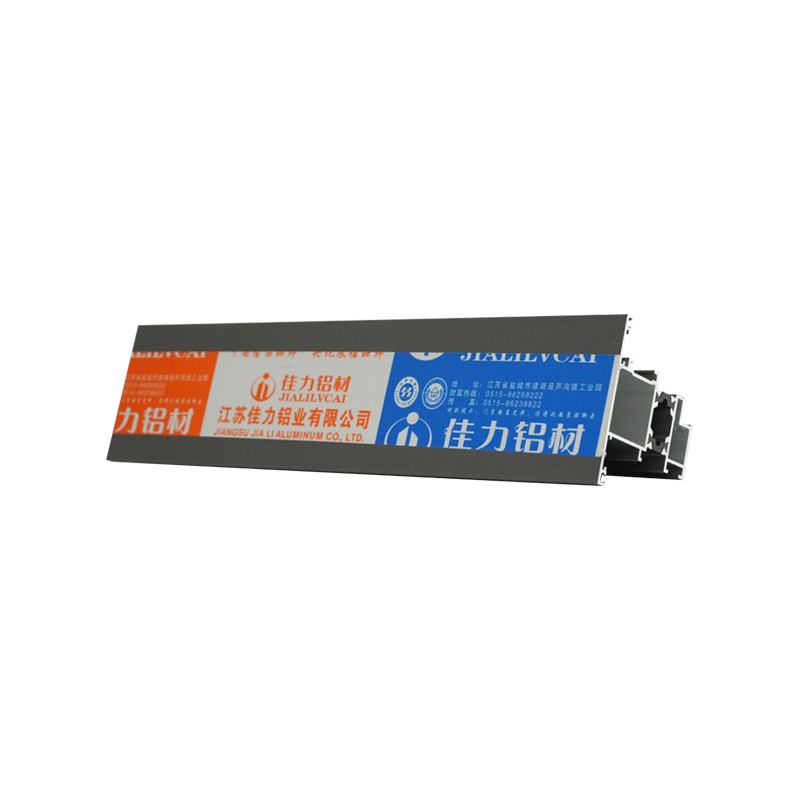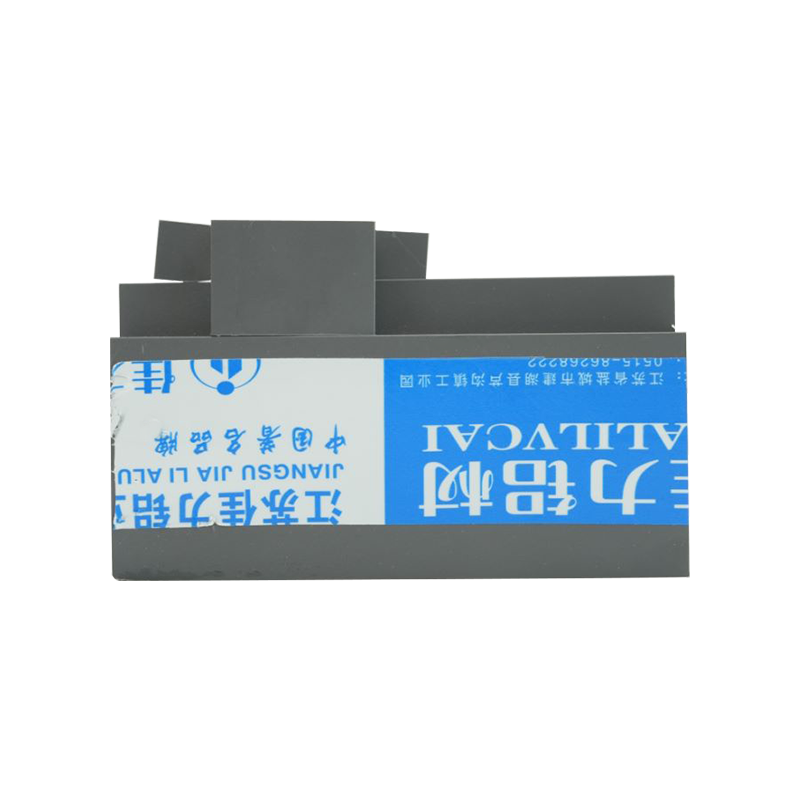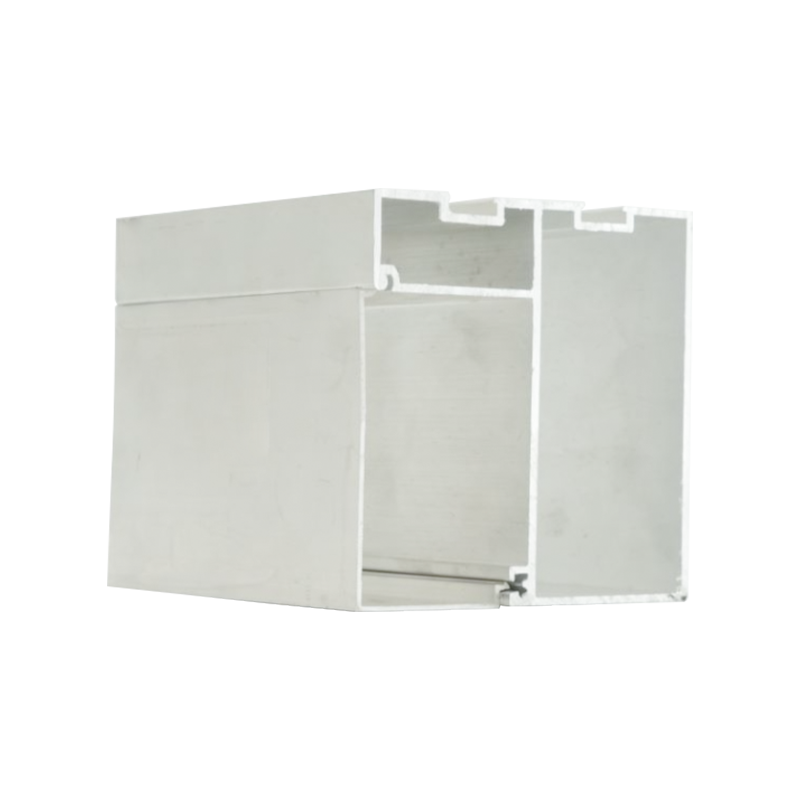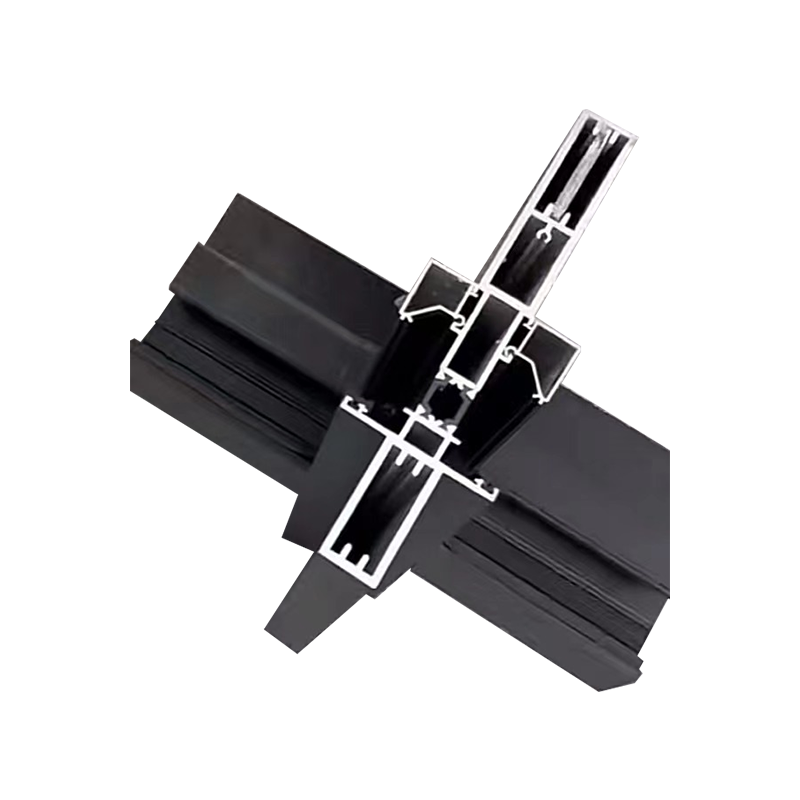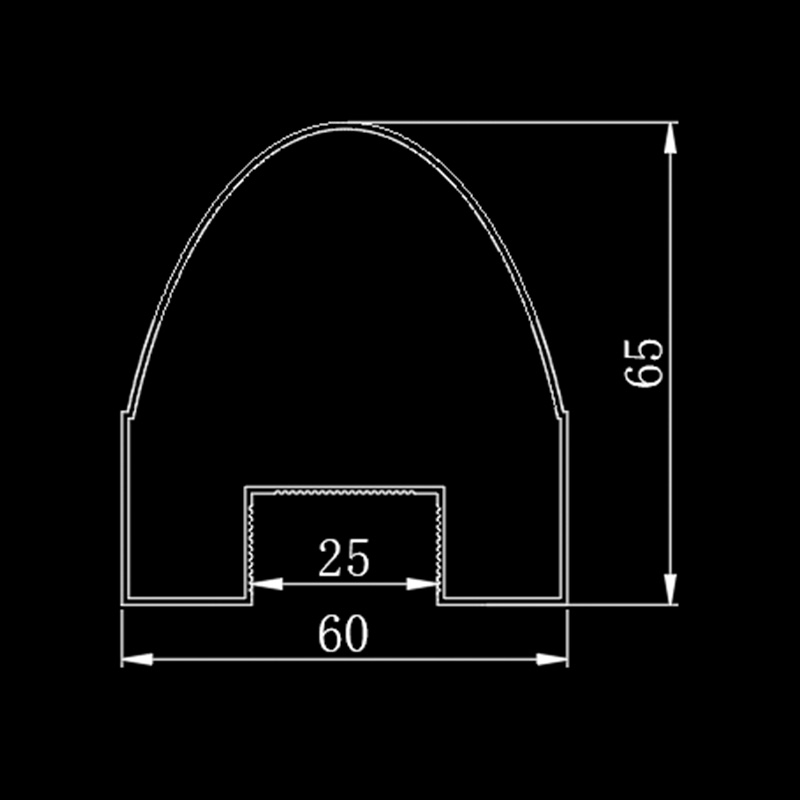Anodizing, as the name implies, is a technology that uses electrochemical principles to make aluminum alloy as an anode undergo oxidation reaction in a specific electrolyte solution through the action of electric current, thereby forming a dense aluminum oxide film on the surface. This process seems simple, but it actually contains profound chemical and physical principles.
During the anodizing process, the aluminum alloy is placed in an electrolyte solution and connected to the positive electrode of the power supply (i.e., the anode), while the negative electrode of the electrolytic cell (i.e., the cathode) is usually made of inert materials such as lead or stainless steel. When the current passes through, the aluminum atoms on the surface of the aluminum alloy lose electrons to form aluminum ions, which then combine with oxygen ions in the solution to form aluminum oxide (Al₂O₃). As the reaction proceeds, aluminum oxide gradually accumulates on the surface of the aluminum alloy to form a continuous, dense and uniform film.
This aluminum oxide film is the core of anodizing. It not only has high hardness and good wear resistance, and can effectively resist scratches and wear, but also has excellent oxidation resistance, which can effectively block the erosion of the substrate by environmental factors such as oxygen, moisture, and pollutants. Aluminum oxide film also has good insulation and corrosion resistance, which further improves the comprehensive performance of aluminum alloy curtain wall profiles.
Anodizing treatment brings many significant advantages to aluminum alloy curtain wall profiles, which are not only reflected in its excellent physical properties, but also in its long-term stability and aesthetics.
Excellent corrosion resistance: Aluminum oxide film can effectively isolate aluminum alloy from direct contact with the environment and prevent the occurrence of corrosion reactions. Even in harsh environments such as humidity and salt spray, the aluminum alloy curtain wall can be kept intact and its service life can be extended.
Excellent wear resistance: The aluminum oxide film generated by anodizing has high hardness, can effectively resist wear and scratches, and keep the curtain wall surface smooth and tidy. This is especially important for building curtain walls that are often affected by natural factors such as wind, sand, and rain.
Good insulation: Aluminum oxide film is an excellent insulating material that can effectively block the propagation of current. This feature makes the anodized aluminum alloy curtain wall perform well in electrical safety, especially for occasions that require special electrical isolation.
Rich color selection: The surface of the anodized aluminum alloy can also be colored, and a colorful surface effect can be obtained through different electrolytic conditions and dye selection. This not only meets the architectural designer's pursuit of individuality, but also adds a unique artistic charm to the building curtain wall.
Environmental protection and sustainability: The anodizing process does not require the use of harmful chemicals, and the generated aluminum oxide film can be recycled and reused, which is in line with the development trend of green buildings.
Although the anodizing process is complicated, each step is crucial and directly related to the quality and performance of the final product. The following are the basic steps of anodizing:
Pretreatment: The aluminum alloy curtain wall profile is pretreated by cleaning, degreasing, and rust removal to ensure that the surface is clean and free of impurities. This step is crucial for the smooth progress of the subsequent oxidation reaction.
Anodizing: The pretreated aluminum alloy profile is placed in an electrolyte solution, connected to the positive pole of the power supply, and an anodizing reaction is carried out. Parameters such as reaction time, current density, composition and concentration of the electrolyte solution must be strictly controlled to obtain the ideal aluminum oxide film thickness and performance.
Post-treatment: After anodizing, the profile needs to be cleaned, neutralized, sealed and other post-treatment steps to remove the residual electrolyte solution and impurities on the surface, and enhance the adhesion and stability of the aluminum oxide film.
Coloring and sealing: The anodized aluminum alloy can be colored as needed to obtain the desired color effect. Then the sealing treatment is carried out to further improve its corrosion resistance and aesthetics by filling the tiny pores in the aluminum oxide film.
Anodizing not only improves the physical properties and aesthetics of aluminum alloy curtain wall profiles, but also has a profound impact on its application in the field of construction.
Broaden the scope of application: Through anodizing, the corrosion resistance and wear resistance of aluminum alloy curtain wall profiles are significantly improved, so that it can be used in more severe environmental conditions, such as seaside, industrial areas, etc.
Improve the quality of buildings: The surface of anodized aluminum alloy curtain wall profiles has high gloss, rich colors and delicate texture, which can significantly improve the overall quality and aesthetics of the building.
Promote the development of green buildings: The anodizing process is environmentally friendly and pollution-free, and the resulting aluminum oxide film can be recycled and reused, which is in line with the development trend of green buildings and helps promote the sustainable development of the construction industry.
Inspire innovative design: The diversity and flexibility of anodizing technology provides architects with more creative space and inspires their innovative thinking in building curtain wall design.

 ENG
ENG
 English
English русский
русский 中文简体
中文简体 Español
Español bahasa Indonesia
bahasa Indonesia
